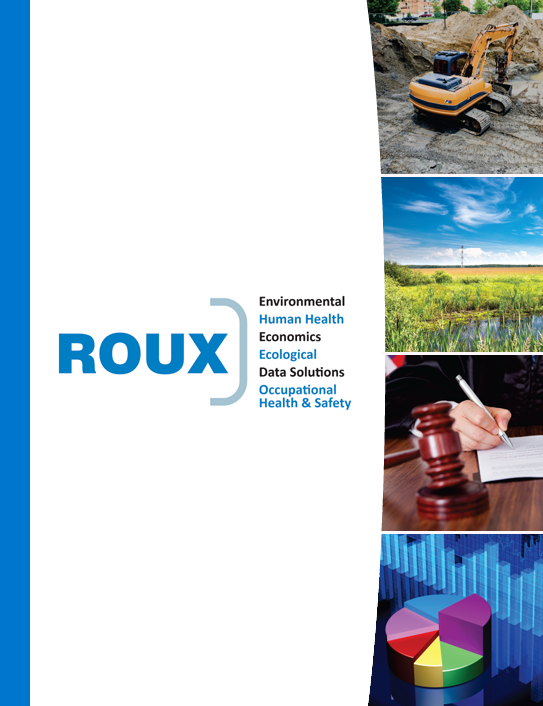Strafford CLE Webinar: Environmental Cost Determination
Strafford CLE Webinar
Presented by Roux’s Ryan Stifter, M.S., Matthew Z. Leopold of Hunton Andrews Kurth, Mack McGuffey of Troutman Pepper, & Shailesh Sahay of Foley Hoag
Tuesday, February 22, 1:00pm-2:30pm EST
This CLE course will focus on key issues associated with the cost-benefit analysis used to evaluate environmental regulations during the rulemaking process. The development and implementation of environmental regulations inevitably imposes economic costs that must be considered, with or without formal cost-benefit techniques. A cost-benefit analysis, whether formal or informal, does for government what the market does for business: it compares the benefits of a public policy to the costs of that policy. The two sides of the ledger, however, raise different issues.
In theory, the cost side of cost-benefit analysis should be relatively straightforward, since it typically involves valuing the cost of the additional control measures required, which can often be easily reduced to a monetary value. However, in practice, valuing costs can be difficult, particularly where the policy in question allows some flexibility in the measures used to comply or whether the policy requires new techniques not widely used before.
The next step in the analysis can be even more challenging: monetizing the benefits achieved by the regulation. Since there are no natural “prices” for a healthy environment, cost-benefit analysis requires the creation of artificial ones that depend on a wide variety of assumptions about the value of certain human health and environmental outcomes.
Finally, the costs and benefits of a policy frequently occur at different times and at a different scope. Often, costs are incurred today or in the near future to prevent harm in the more distant future. When the analysis spans several years, future costs and benefits are discounted or treated as equivalent to money in today’s dollars, requiring an assumption about the time value of money that raises questions about what interest rate is most appropriate to use. In addition, the scope of costs is typically easy to define, based on the activities subject to the regulation, whereas the scope of the benefits may be more difficult to delineate, as benefits may accrue locally, regionally, nationally, or even globally.
Listen as our expert panel discusses the state of cost-benefit determinations in environmental regulations and how the current administration’s policies may affect the analysis of these decisions. Read more and register for this webinar using the link below.
